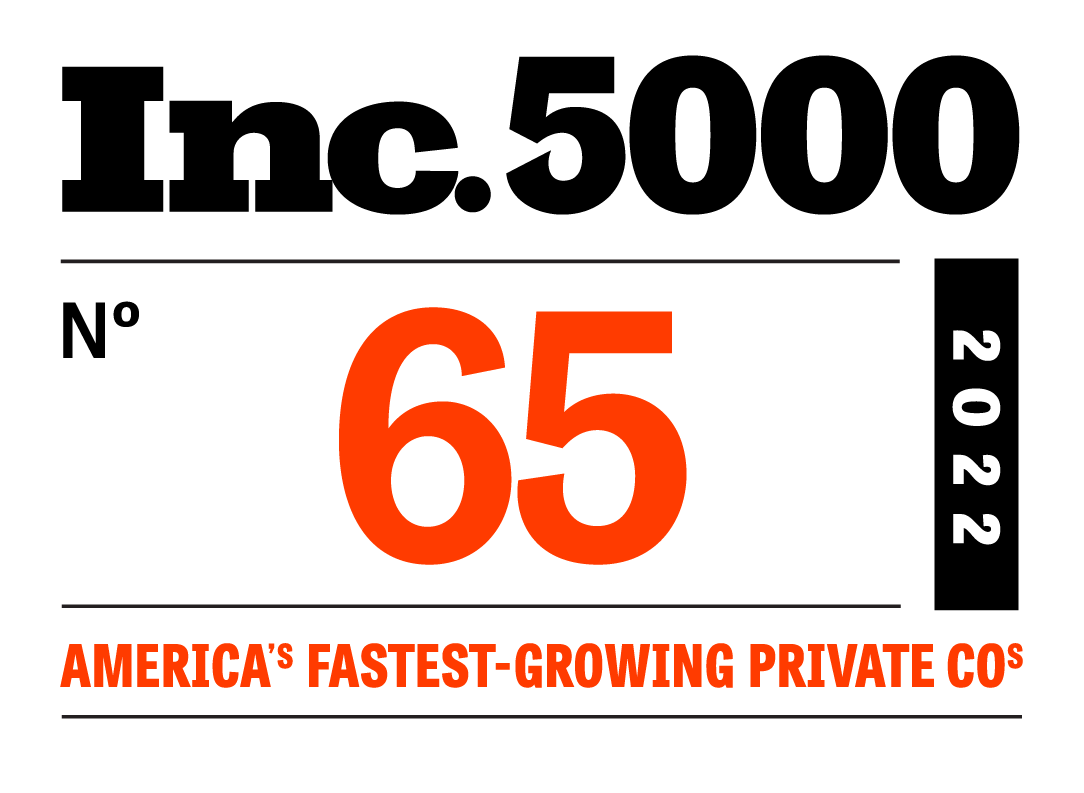-BlogHeader-SOPChangesUpdates%20(1).jpg?width=1200&height=627&name=SBA7(a)-BlogHeader-SOPChangesUpdates%20(1).jpg)
With newly proposed rule changes and anticipated standard operating procedure (SOP) updates, the Small Business Administration is making efforts to further simplify the 7(a) lending process and expand access to funding for more small businesses.
The current trend in SBA lending indicates that loan volume in numbers is decreasing while dollars originated is increasing. The SBA wants to turn that around to ensure all small businesses have access to the funding they need, regardless of amount. The SBA hopes that the proposed changes will reduce bottlenecks in the process for lenders, encouraging them to do more small dollar loans, while also opening up the 7a loan program to more non-depository lenders to further stimulate access to funds for these small businesses.
Key Proposed Changes and What They Mean for SBA Lenders
Proposed Rule: Small Business Lending Company (SBLC) Moratorium Rescission and Removal of the Requirement for a Loan Authorization
If the proposed rule is approved, the SBA is expected to remove the Loan Authorization requirement and approve three additional licenses to non-depository lenders. Since 1982, there has been a moratorium in place that held the number of available licenses at 14, prohibiting additional alternative lenders to enter the program.
If the rule is approved and enacted, the SBA predicts that more small business borrowers will receive access to funding. In the proposed rule, the SBA cited that it is expecting to see an increase of 425 loans per year over the next four years in the 7(a) program with the addition of three new SBLCs.
As more alternative lenders are awarded the opportunity to lend through the 7(a) program, it’s likely that fintechs will be vying for the limited number of licenses. Many of them have already experienced success in the small business segment and will be seeking an additional avenue to expand their loan offerings through the SBA. These fintechs are agile. If they are granted a license, they will be able to quickly adapt their technology to fit the needs of the SBA program to provide borrowers with seamless online experiences that many traditional lenders lack today.
With the threat of new digitally mature entrants in the market for 7(a) loans, it will be crucial that traditional lenders are equipped with technology to easily serve small businesses online. The good news for traditional FIs is that the SBA will need to review and approve the SBLCs’ lending policies to ensure they align with SBA’s definition of “prudent lending” policies. That may take some time and require policy updates by the SBLCs. This added time will allow federally regulated institutions with pre-established, prudent lending policies the opportunity to get a head start by creating an efficient, digital experience for their SBA lending products before fintechs have the opportunity to win over borrowers.
Proposed Rule: Affiliation and Lending Criteria for the SBA Business Loan ProgramsIf approved, this rule amends various regulations governing SBA's 7(a) Program, as well as the 504 Program, with a goal of simplifying application processes and requirements. Proposed changes include the following:
- Lifting the restriction on loans to fund partial changes of ownership
- Streamlining and modernizing regulations on lending criteria
- Reducing the number of factors that are required to be applied in determining creditworthiness and reasonable assurance of repayment
- Allowing Lenders and the SBA (when submitted non-delegated) to use a business credit scoring model streamlining and modernizing regulations on lending criteria
- Requiring Hazard Insurance only on loans greater than $150,000
- Affiliation Determination
- Removing the provisions on affiliation related to management control, franchise or license agreements, identity of interest
- Streamlining and redefining affiliation determinations based on ownership
- Revising the process for reconsideration after denial of a loan application or modification
Standard Operating Procedure (SOP) Updates
In addition to the proposed rule changes, the SBA is expected to make changes to the SOP that will be aimed at streamlining the 7(a) lending process to encourage institutions to originate more small dollar loans.
Proposed changes include:- Continued fee relief (already in effect as of 10/1/22)
- Overall procedural streamlining and simplified requirements:
- 7a Small (plus an anticipated increase to the maximum loan amount)
- Debt refinance
- Equity injection verification
- Collateral requirements
- Credit Elsewhere
- Form 1919
- Form 1920
- Loan Authorization (any updates are reliant on the proposed rule above becoming final)
All of these anticipated updates should enable lenders to underwrite SBA loans more efficiently and serve even more small business owners. The ability to lend to new customers through 7(a) also opens the door to more opportunities for expanding business relationships.
Meeting the Moment in SBA Lending
During the pandemic, borrowers were introduced to a new, more efficient way of obtaining funding through the SBA’s Paycheck Protection Program loans. Because of COVID-19 restrictions, lenders were forced to adapt to online lending experiences to disperse program funding. These institutions had to quickly adopt technology that enabled small businesses to apply for a loan and receive funding without having to visit a physical branch.
Since then, small businesses have come to expect the same digital efficiency in all of the lending products they receive, including 7(a) loans. With all of the changes expected to impact the 7(a) program, including the potential for new entrants that will already have advanced digital experiences, lenders that want to remain successful in SBA lending will need to innovate.
Institutions that are able to drive innovation will benefit from the many advantages and opportunities that lending through the 7(a) program provides. Most importantly, they will be able to build new relationships with business borrowers that they would otherwise have to turn away, due to the business not meeting the credit requirements of the institution.
Many times, these loans serve as a first step for small businesses in forming a banking relationship, providing an opportunity for relationship growth and expansion as the business’ needs grow and change. Small businesses are also great source to increase core deposits, which will once again be a goal for many institutions in 2023. Additionally, SBA loans enable lenders to maintain and grow their CRA (Community Reinvestment Act) rating, which is another important focus for institutions, especially those seeking to acquire.
In order to achieve the level of innovation that is required to offer businesses a seamless online experience, many lenders have turned to strategic fintech partnerships. With Numerated, lenders can easily launch a digital SBA 7(a) program. The platform takes the pain out of SBA lending for both borrowers and lenders by streamlining the process and reducing work by up to 75 percent.
On Thursday, December 15, at 3 pm ET we will be hosting an "Ask Numerated Anything" session where lenders are invited to join us to ask questions about both Numerated's SBA 7(a) solution and the regulatory changes impacting the program. Learn more and save your seat, here.
Can't wait until the webinar? Contact us today to learn more about how you can transform your SBA 7(a) lending with Numerated.







